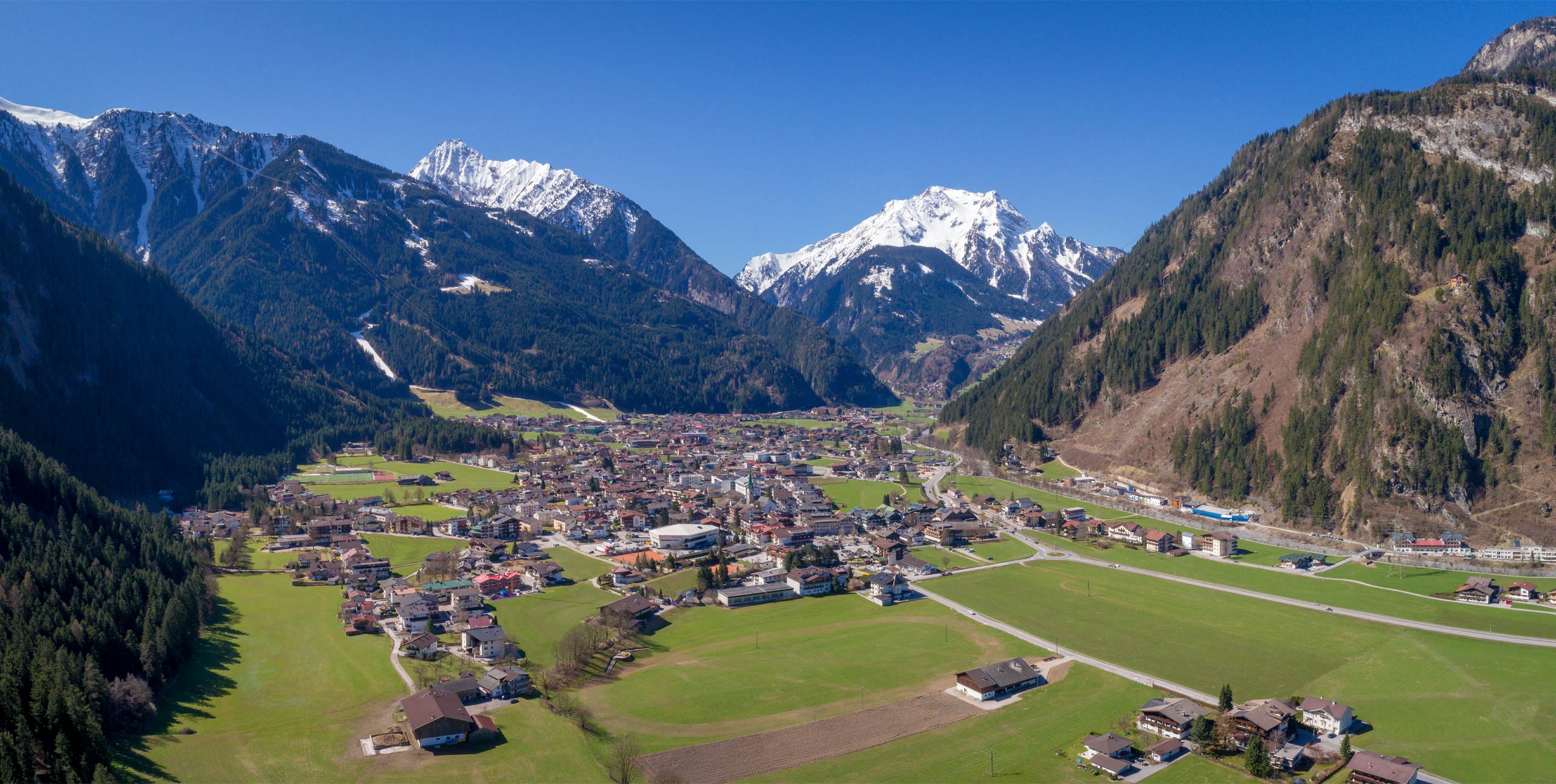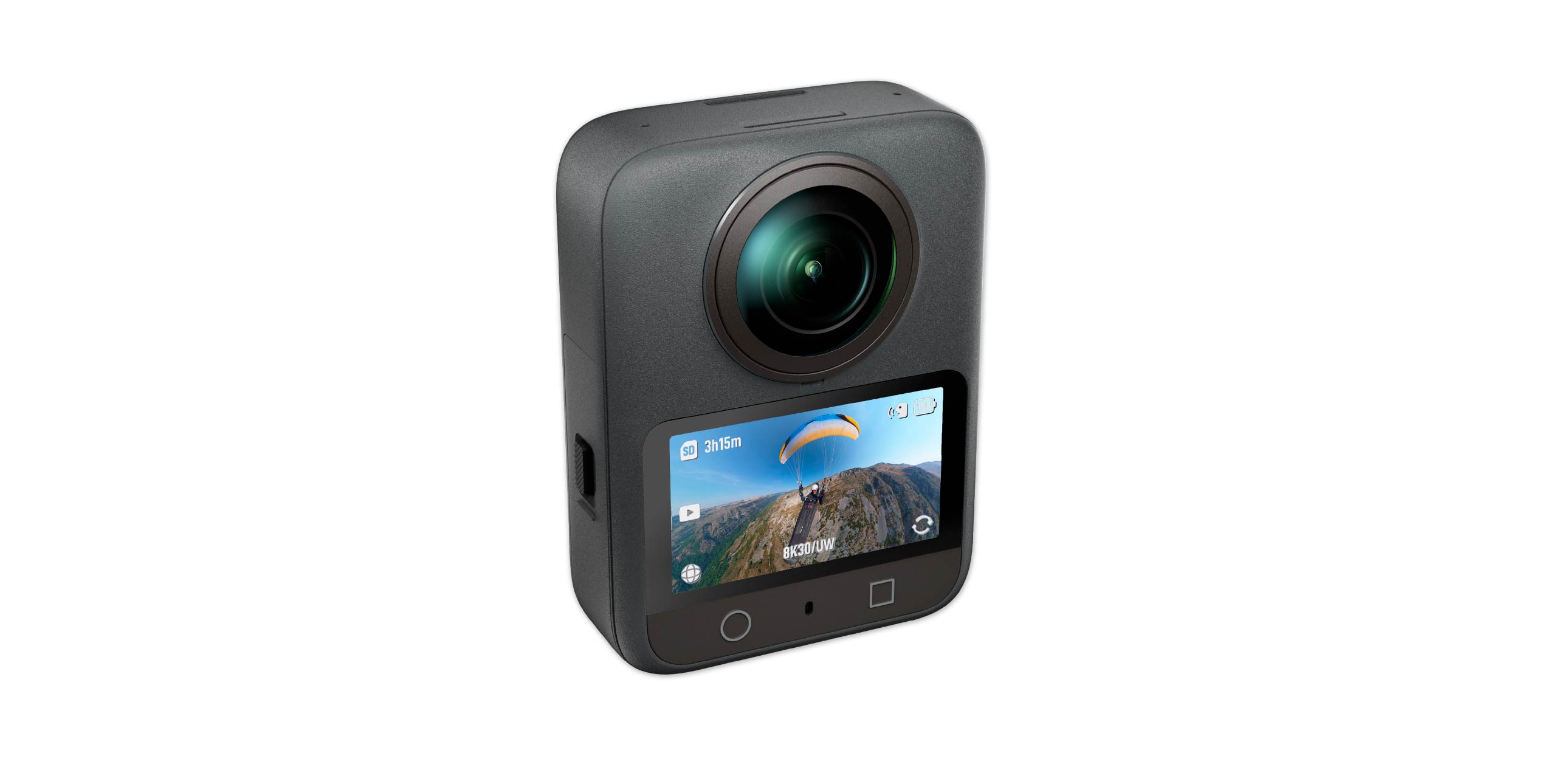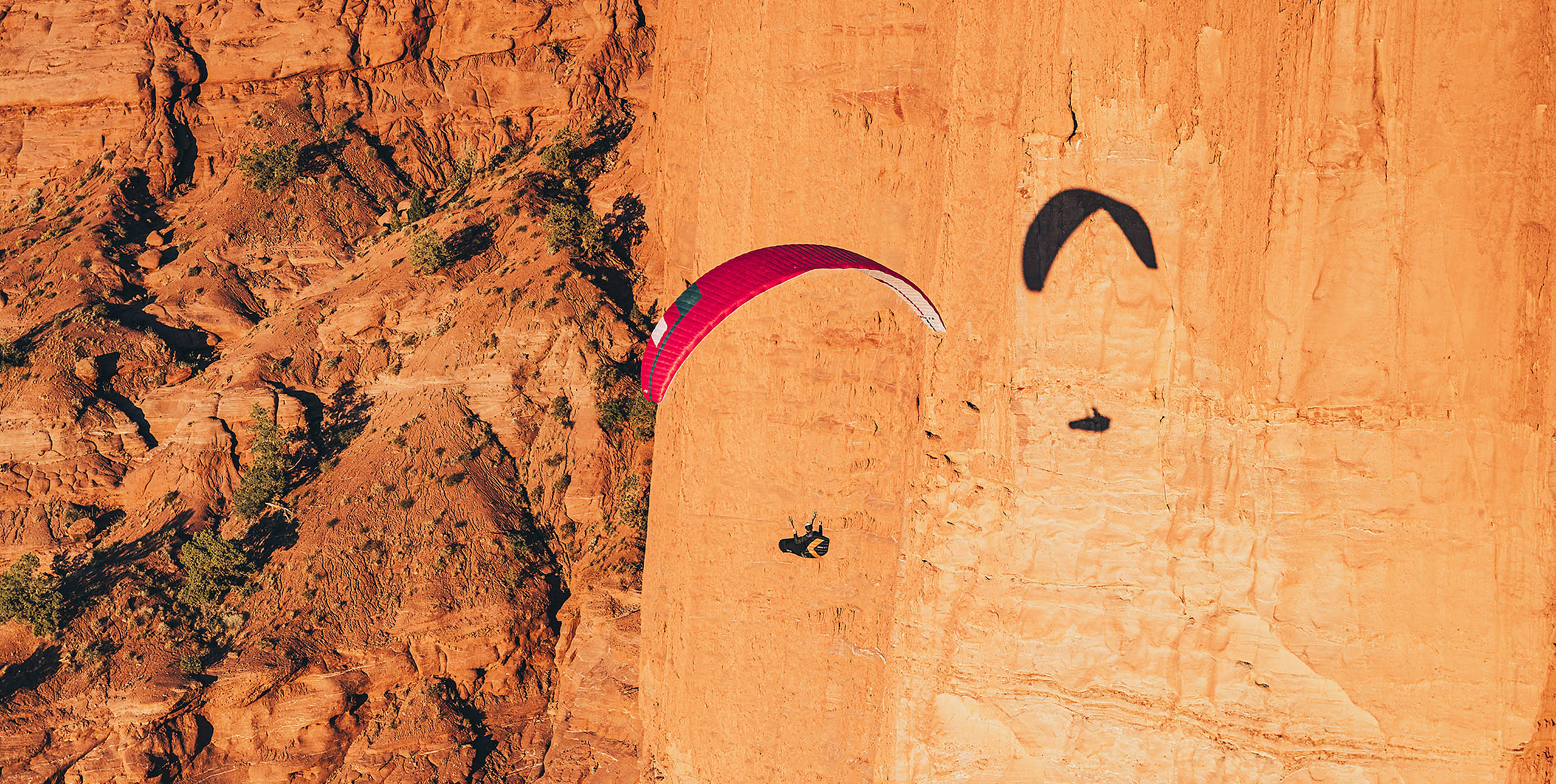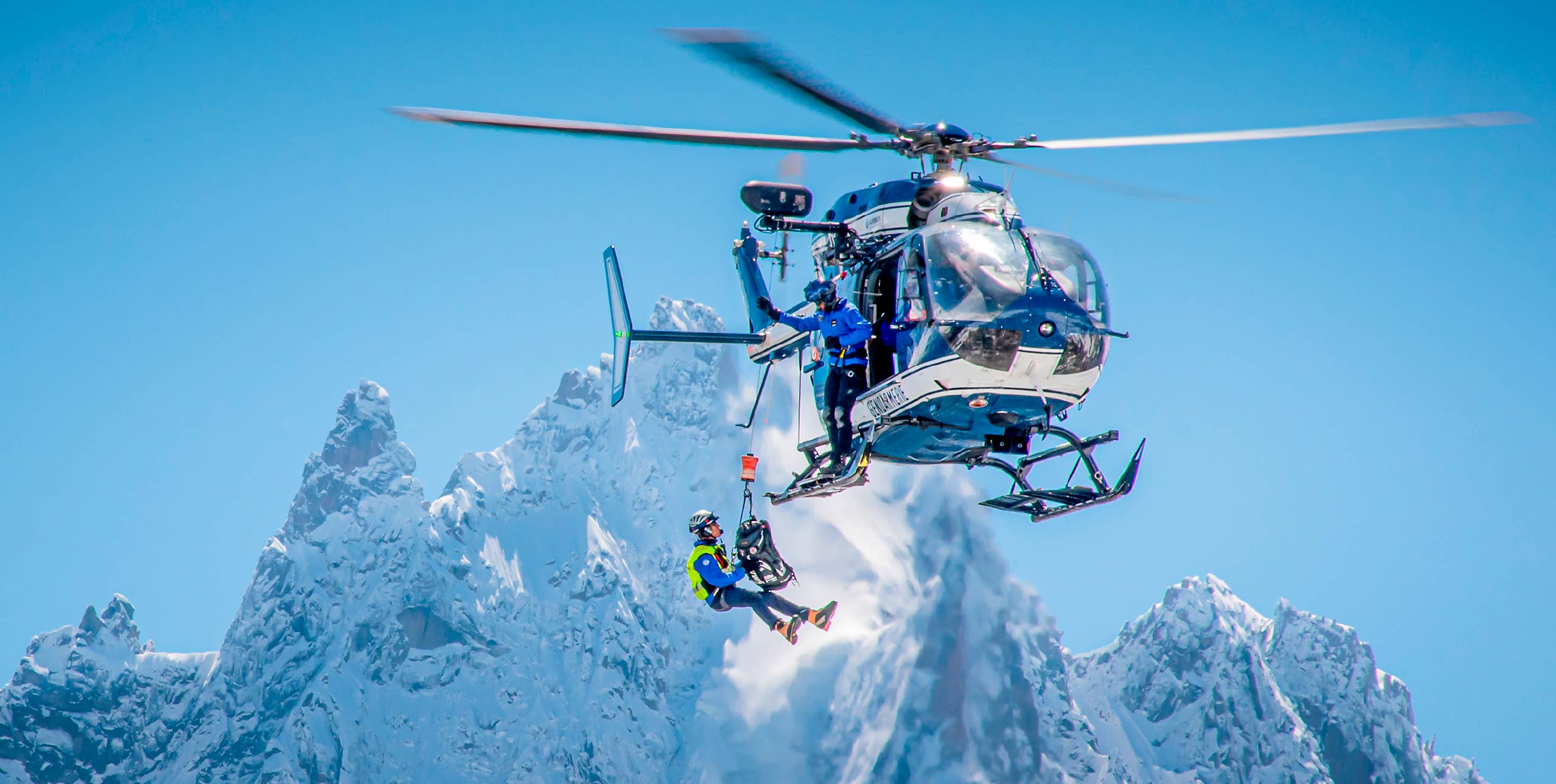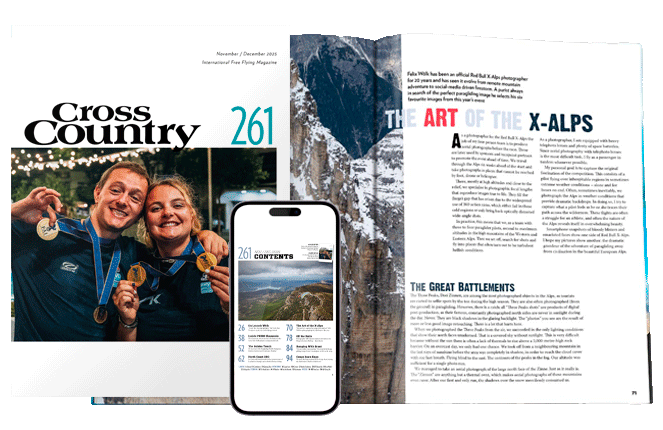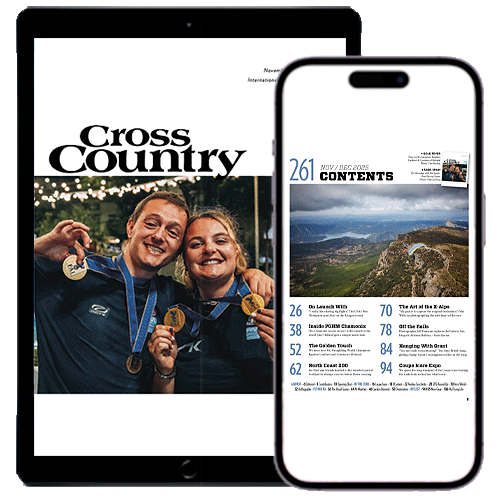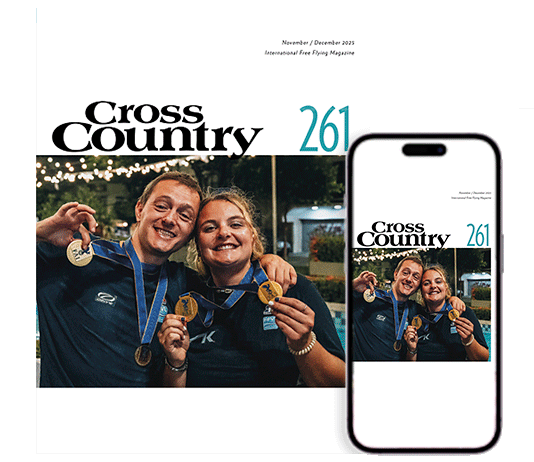
Comp Series: Navigating the comp scene
8 June, 2020So you’re getting into flying cross country and want to improve your skills and fly ever further. People keep telling you that you’ll learn more in a week flying a competition than you will in a whole season flying XC and you’re ready to go for it, but where do you start? There are so many comps listed on Airtribune, but which one is right for you? Here’s our quick-start guide for navigating the comp scene:
Fun comps
These are competitions anyone can enter with just a regular flying licence. They might be weekend club comps, or one of the many week-long mentoring and training comps that dot the calendar: the Ozone Chabre Open, Gin Wide Open, Naviter Open, Applegate Open, BGD Weightless, Manilla State of Origin and the Serial Cup are all examples. They are often specifically aimed at pilots new to competition, pilots who want to learn more about XC, or those simply looking for a relaxing way to fly with friends in a new place. They combine safe and achievable tasks with plenty of help and support in areas like how to set up a task in your flight instrument and follow it, how to approach the task that has been set in order to get to goal. Briefings, debriefings and theory classes are part of the package, and they’re a great way to learn.
National and league level
Some countries have national competition leagues. They might run two or three competitions each season, with each pilot’s end-of-season ranking determined by how well they did over all the events. Quite often, to take part you will need an official competition pilot licence: these are issued by CIVL (the FAI Hang Gliding and Paragliding Commission) through your national free-flight association. (This process sounds more onerous than it usually is.) If a competition is sanctioned by CIVL, then your result will go into the official, worldwide CIVL Rankings, the World Pilot Ranking System (WPRS): there are 1,400 pilots currently ranked in the hang gliding WPRS; 6,600 in the paragliding WPRS. You can check out who’s on top at civlrankings.fai.org.
FAI-sanctioned competitions
Once you have your competition licence the competition world is your oyster. You can travel anywhere and take part in any FAI/CIVL-sanctioned competition, providing you apply in time and are accepted. That means you can fly the Italian Nationals even if you are, say, Swedish. In the jargon, FAI-sanctioned competitions are known as Category 1 or Category 2 events. “Cat 1” comps are World and Continental Championships – everything else is “Cat 2”. You might hear pilots ask, “Is it a Cat 2?” All they are asking is, “Is it sanctioned by CIVL?” If it is, then the results automatically go into the World Pilot Ranking System. When it comes to selecting pilots to fly in Cat 1 competitions, national associations usually have their own team selection process, and very often they make use of that ranking system to decide who goes to trophy events like the World Championships.
Paragliding World Cup Association
The PWCA offers the highest level of competition flying, and the Paragliding World Cup is made up of a series of week-long competitions and one two-week competition, the “Superfinal”, throughout the year. To get into a PWC event you need to have already proved your mettle flying in competitions. There is a list of approved “selective” competitions on the PWCA website: the idea is you fly a number of these competitions until you earn enough points which are then be converted to a letter (A, B, C, D, etc). Pilots with the best letters (eg, A, A, B) get selected for the PWC first. All the details are on the PWCA website at pwca.org.


